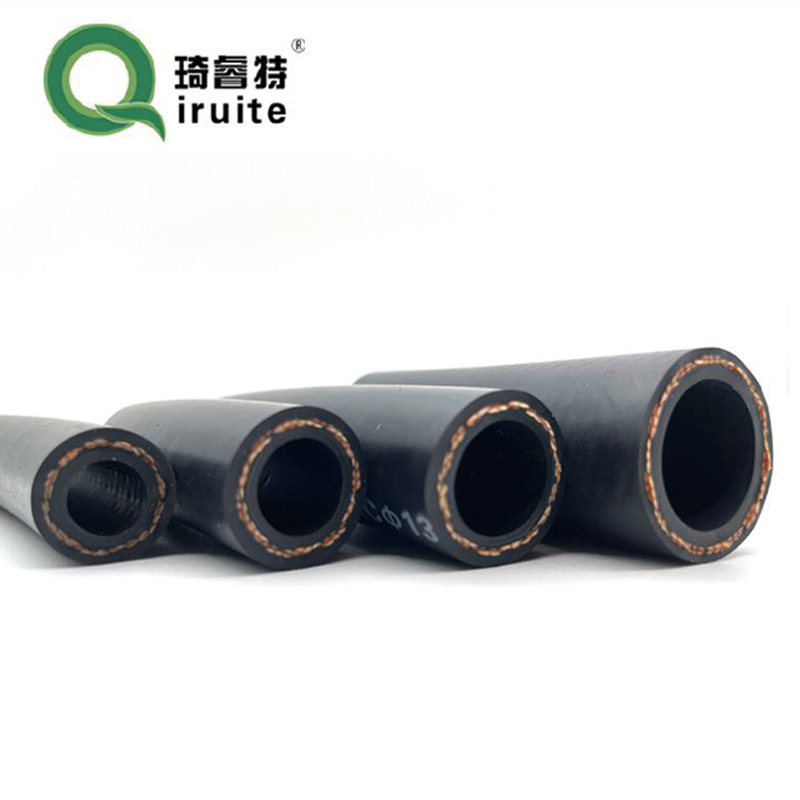How to Fix a Leaking Power Steering Hose Effectively and Safely
Repairing the Power Steering Hose A Comprehensive Guide
The power steering system in your vehicle is essential for providing ease of handling and maneuverability, especially at low speeds. One of the critical components of this system is the power steering hose, which transports hydraulic fluid from the power steering pump to the steering gear. Over time, the hose can develop leaks, cracks, or other forms of damage, resulting in increased steering effort and compromised vehicle control. In this article, we will delve into the importance of the power steering hose, signs of damage, and the repair process.
Understanding the Power Steering Hose
The power steering hose is typically made of rubber or reinforced material to withstand the high pressures and temperatures of the hydraulic fluid circulating within the power steering system. There are usually two types of hoses the high-pressure hose, which carries fluid from the pump to the steering gear, and the return hose, which directs the fluid back to the reservoir after it has assisted in steering. Proper functioning of these hoses is vital for maintaining the efficiency and responsiveness of your power steering system.
Signs of Power Steering Hose Damage
1. Fluid Leaks One of the most common indicators that there is an issue with your power steering hose is the presence of power steering fluid beneath your vehicle or near the components of the steering system. This fluid is typically red or pink and has a distinct, oily feel.
2. Difficulty Steering If you notice an increase in steering effort, particularly while attempting to turn, it might indicate that the power steering system is not building pressure due to a damaged hose.
3. Unusual Noises A whining or groaning noise when you turn the steering wheel can signal low fluid levels—potentially due to a leak in the hose.
4. Visual Inspection Regular maintenance inspections can help you identify cracks, abrasions, or bulges in the power steering hoses. If you see any signs of wear, replacement is necessary to avoid further damage.
Repairing the Power Steering Hose
If you've identified damage to your power steering hose, prompt action is essential
. Here’s a step-by-step guide on how to repair or replace the hoseTools and Materials Needed
repair power steering hose

- New power steering hose (specific to your vehicle make and model) - Socket set and wrenches - Pliers - Power steering fluid - Oil drain pan - Shop rags
Step-by-Step Process
1. Safety First Begin by ensuring your vehicle is parked on a level surface, the engine is turned off, and the keys are removed from the ignition. It’s advisable to disconnect the battery for extra safety.
2. Locate the Hose Open the hood and locate the power steering hose. Follow it from the power steering pump to the steering gear. You may need to remove some engine covers to gain full access.
3. Drain the Fluid Place an oil drain pan beneath the hose connection. Use a wrench to loosen the fittings at both ends of the hose, allowing the power steering fluid to drain into the pan. Be cautious, as the fluid can be hot.
4. Remove the Old Hose Carefully detach the hose from its fittings. If it is particularly stubborn, using pliers may help.
5. Install the New Hose Position the new power steering hose in place, ensuring it aligns correctly with the fittings. Hand-tighten the connections before using a wrench to secure them snugly but avoid overtightening.
6. Replenish Power Steering Fluid Once the hose is installed, refill the power steering fluid reservoir with the appropriate fluid specified in your vehicle’s manual.
7. Check for Leaks Start the vehicle and turn the steering wheel from side to side to circulate the fluid. Check for any signs of leaks around the new hose connection.
8. Test Drive Take your vehicle for a short drive to ensure steering is responsive and fluid is circulating properly.
Conclusion
Repairing a damaged power steering hose is an attainable task for many DIY enthusiasts and a vital one for maintaining your vehicle's performance. Addressing issues promptly will help prevent more severe problems down the line, ensuring that you can navigate the roads with confidence and control. Remember, if in doubt, consult a professional mechanic for advice or assistance. Keeping your power steering system in good shape not only enhances your driving experience but also contributes to your safety on the road.
-
Reliable Brake Line Solutions for Your VehicleNewsJun.05,2025
-
Quick Fix for Leaky Air Conditioning HosesNewsJun.05,2025
-
Powerful Sewer Jetting Solutions for Tough ClogsNewsJun.05,2025
-
Power Steering Hose Problems SolvedNewsJun.05,2025
-
Hose Protectors That Actually WorkNewsJun.05,2025
-
Essential Hose Connectors for Every HomeNewsJun.05,2025

